Key Takeaways
- Evolution of European Fashion: Tracing its rich history and modern influences.
- Cultural Influences: How tradition shapes contemporary European style.
- Trend Analysis: Identifying current and upcoming fashion trends in Europe.
- Color Dynamics in European Fashion: The role of color in fashion statements.
- Sustainable Fashion: Embracing eco-friendly practices in European fashion.
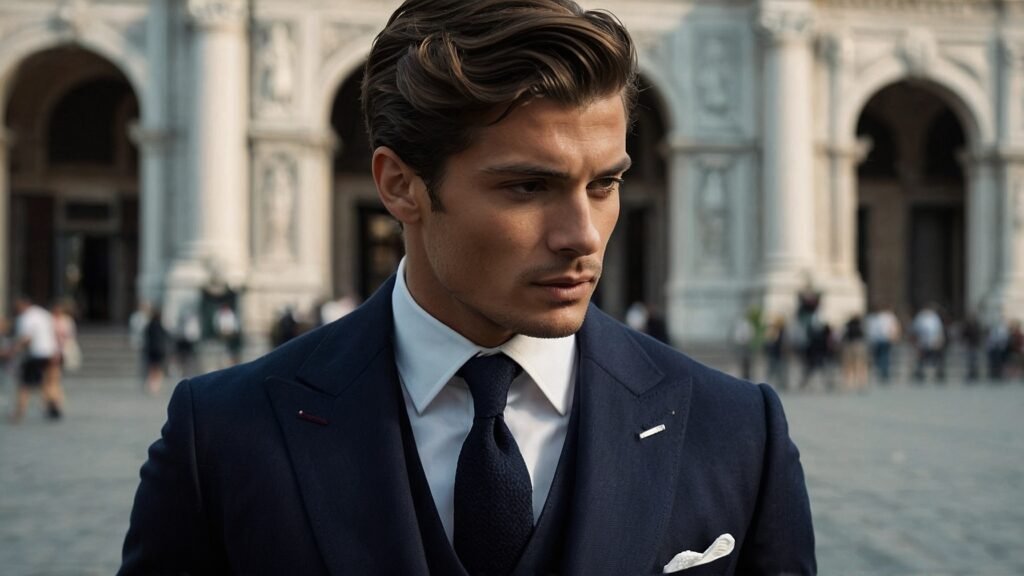
Fashion in Europe is a blend of time-honored traditions and bold, contemporary expressions. This article, “European Fashion: A Tapestry of Tradition and Trendy Hues,” delves into the intricate world of European fashion, exploring its rich history, cultural influences, current trends, the pivotal role of color, and the growing importance of sustainability.
Evolution of European Fashion
European fashion boasts a storied history, deeply rooted in the rich tapestry of the continent’s diverse cultures. From the opulent gowns of Renaissance Italy to the haute couture of modern Paris, European fashion has continually evolved, setting global trends.
Historical Influence on Modern Fashion
Tracing back to the luxurious fabrics and intricate designs of historical Europe, today’s fashion designers often draw inspiration from the past. Renaissance, Victorian, and Edwardian eras are evident in contemporary designs, blending vintage elegance with modern sensibilities.
The Role of Fashion Capitals
European fashion capitals such as Paris, Milan, and London have long been at the heart of the global fashion industry. These iconic cities are renowned for hosting world-famous fashion weeks, where top designers present their latest and most innovative collections, often influencing international fashion trends. More than just showcasing clothing, these events celebrate cultural identity and artistic creativity, making them essential highlights in the fashion world.
European Fashion and Global Influence
European fashion’s influence extends well beyond its borders. It has shaped global fashion through iconic brands, designers, and trends. The international appeal of European fashion lies in its ability to merge traditional elegance with cutting-edge style, making it a powerful force in the global fashion industry.
Cultural Influences in European Fashion
Europe’s diverse cultures play a major role in shaping its dynamic fashion industry. Every country and region brings distinctive styles and influences, resulting in a vibrant and multifaceted European fashion landscape.
Traditional Motifs and Modern Fashion
European fashion designers frequently integrate traditional motifs and patterns into their modern clothing designs. By blending these cultural elements, they celebrate European heritage and bring innovative perspectives to contemporary fashion trends.
Influence of European Art and Architecture
The art and architecture of Europe have long influenced its fashion. From baroque-inspired patterns to minimalist Scandinavian designs, the artistic heritage of Europe finds expression in its clothing styles.
Fusion of Diverse Cultural Elements
European fashion distinguishes itself by seamlessly blending influences from various cultures, resulting in a distinctive style within the global fashion industry. This cultural fusion not only honors traditional heritage but also embraces a modern, innovative approach to contemporary fashion trends.
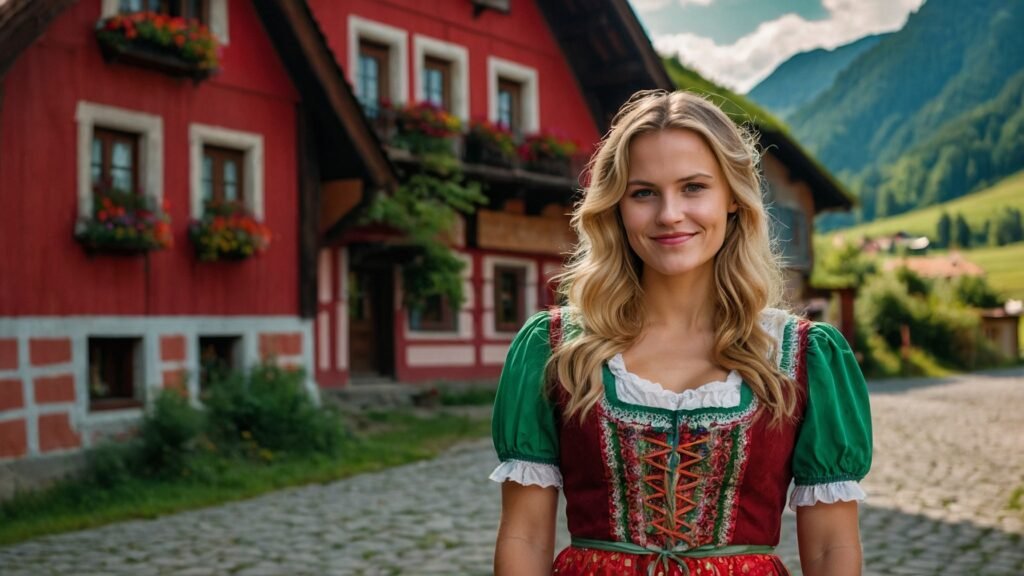
Trend Analysis in European Fashion
Staying abreast of fashion trends is crucial in the ever-evolving European fashion industry. This section explores current trends and anticipates future shifts in the fashion landscape.
Current Fashion Trends in Europe
From street style to high-end designer wear, current trends in European fashion are diverse. They range from bold, unconventional styles to revisited classics, reflecting the continent’s dynamic and innovative spirit.
Predicting Future Trends
Forecasting future trends involves analyzing current socio-cultural movements, technological advancements, and economic factors. Insights into these areas help predict how fashion will evolve in the coming years.
Role of Digital Media in Shaping Trends
Social media and digital platforms play a significant role in shaping and disseminating fashion trends. Influencers, bloggers, and online magazines are key players in popularizing new styles and ideas in European fashion.
Color Dynamics in European Fashion
Color is a fundamental aspect of fashion, conveying mood, style, and cultural significance. European fashion utilizes color in diverse and innovative ways.
Symbolism and Psychology of Colors
Colors in fashion are not just aesthetic choices but carry deep symbolism and psychological impact. Understanding the cultural and emotional associations of colors is crucial in fashion design.
Trending Colors in European Fashion
Each season brings a new palette of trending colors in European fashion. These colors often reflect broader societal trends and mood, from vibrant, energetic hues to muted, calming tones.
Color as a Statement in Fashion
In European fashion, color is often used to make bold statements. Whether it’s through monochromatic outfits or eclectic color combinations, the use of color is a powerful tool in the designer’s arsenal.
Sustainable Fashion in Europe
Sustainability is increasingly important in European fashion, with a growing emphasis on eco-friendly practices and ethical manufacturing.
Eco-Friendly Materials and Practices
European fashion brands are increasingly adopting sustainable materials and environmentally friendly production methods. This shift reflects a growing awareness of fashion’s environmental impact.
Ethical Fashion Movements
There is a growing movement towards ethical fashion in Europe, focusing on fair labor practices, sustainability, and transparency. Consumers and designers alike are advocating for responsible fashion that values people and the planet.
The Future of Sustainable Fashion
The future of European fashion is likely to see an increased focus on sustainability. This shift could involve innovations in sustainable materials, recycling and upcycling practices, and new business models that prioritize environmental responsibility.
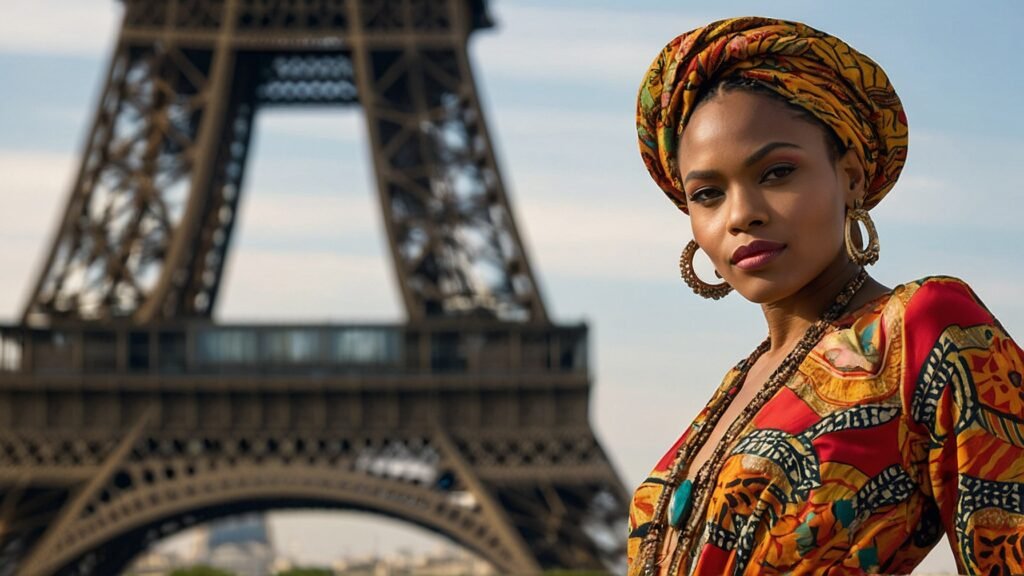
The Influence of European Art Movements on Fashion
European art movements have had a profound impact on fashion, with colors often playing a pivotal role in this intersection.
Art Nouveau and Fashion
Art Nouveau, known for its natural forms and curved lines, has inspired flowing, organic patterns in fashion. The movement’s preference for soft, pastel colors and intricate designs is mirrored in numerous fashion collections.
Surrealism and Bold Statements
Surrealism’s penchant for the bizarre and imaginative has translated into fashion through unexpected color combinations and dream-like designs. This movement encourages bold, artistic expression in clothing.
The Bauhaus Influence
The Bauhaus movement, with its emphasis on functionality and simplicity, has inspired minimalist fashion designs. The movement’s use of primary colors has been influential in creating bold, visually striking fashion statements.
The Psychology of Color in European Fashion
Colors evoke emotions and carry cultural significance, making their use in fashion a powerful tool for communication and expression.
Emotional Impact of Colors
Different colors can evoke a range of emotions. For example, red can convey passion and energy, while blue can evoke calmness and stability. Understanding these associations helps designers create desired impacts through their collections.
Cultural Significance of Colors
In European fashion, colors also carry cultural meanings. For instance, purple is often associated with luxury and royalty, whereas green can symbolize nature and growth. These associations play a crucial role in how colors are perceived and used in fashion.
Color Trends in European Street Style
Street style, a significant aspect of European fashion, offers a real-time look at how color trends manifest in everyday wear.
Capturing Street Style Color Trends
Fashion photographers and bloggers play a key role in capturing and disseminating street style trends. Their focus on the use of color provides valuable insights into current popular hues and combinations.
Youth Culture and Color Trends
Youth culture significantly influences street style color trends. Younger generations often experiment with bold and unconventional color combinations, which sometimes become mainstream trends.
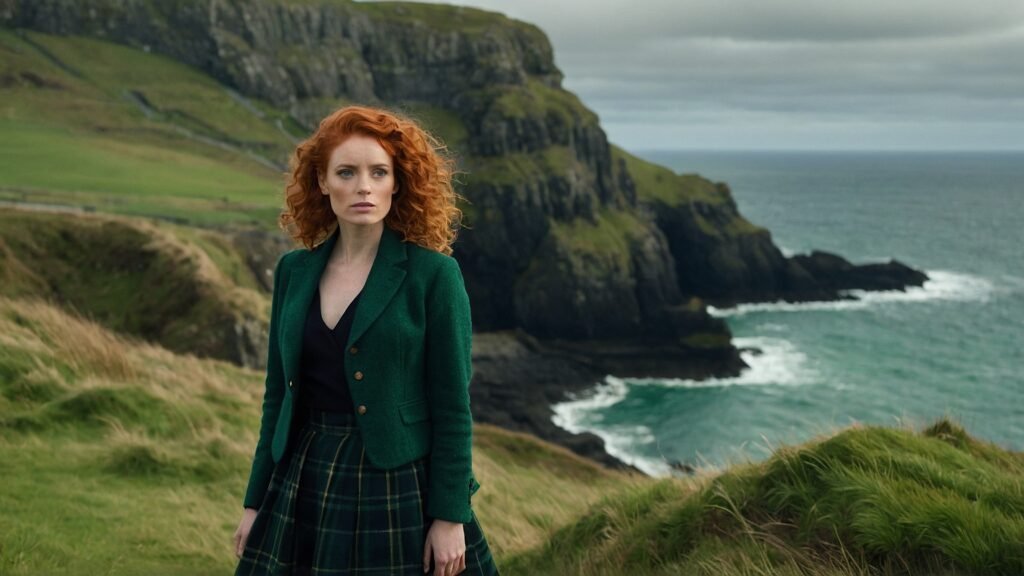
Seasonal Color Variations in European Fashion
Fashion in Europe is markedly seasonal, with color palettes changing to reflect the mood of each season.
Spring/Summer Colors
Spring and summer in Europe bring about a palette of bright, vibrant colors. Pastel hues, floral patterns, and light, airy fabrics dominate, reflecting the optimism and energy of these seasons.
Autumn/Winter Colors
In contrast, autumn and winter see a shift to warmer, deeper colors. Earthy tones, such as browns, oranges, and deep reds, are popular, providing a sense of warmth and comfort during the cooler months.
Color and Fabric Innovation in European Fashion
Innovation in fabric technology has expanded the possibilities of color use in fashion, with European designers often at the forefront of these advancements.
Technological Advances in Fabric Dyeing
New technologies in fabric dyeing allow for brighter, more durable colors and patterns. These advancements also enable more sustainable dyeing practices, crucial in the shift towards eco-friendly fashion.
Smart Fabrics and Color Change
The development of smart fabrics, which can change color based on temperature, light, or other stimuli, is a growing area in European fashion. This innovation allows for dynamic, interactive clothing that changes color in real-time.
Iconic Color Moments in European Fashion History
Europe’s fashion history is dotted with iconic moments where color played a pivotal role.
Revolutionizing Fashion with Color
Key fashion moments, like Yves Saint Laurent’s introduction of the vibrant Mondrian dress in the 1960s, exemplify how color can revolutionize design concepts and become emblematic of an era.
Historical Color Trends Revisited
Looking back, we see recurring color trends that defined different epochs. The resurgence of such trends, like the pastel hues of the Rococo period or the bold prints of the 70s, indicates the cyclical nature of fashion colors.

Color as a Tool for Personal Expression in European Fashion
Color is a powerful medium for personal expression, and European fashion offers a diverse palette for individuals to convey their personalities and moods.
The Personal Palette
How individuals combine colors in their attire can tell a story about their personality, mood, or even societal stance. This section explores how color choices serve as a non-verbal mode of self-expression.
The Power of Color in Personal Branding
For public figures and influencers, color becomes an integral part of their brand identity. This section looks at how color choices can define a persona and leave a lasting impression.
The Impact of Cultural Events on Color Trends
Cultural events often have a significant impact on fashion trends, particularly in the realm of color.
Color Trends from European Film and Art Festivals
European film and art festivals, such as Cannes or the Venice Biennale, often set color trends. Celebrities and artists at these events frequently debut fashion looks that inspire widespread color trends.
Music and Color in Fashion
The European music scene, from classical to contemporary pop, influences fashion colors. The vivid stage outfits of artists often become trendsetters in the fashion world.
Sustainability and Natural Dyes in European Fashion
As the fashion industry moves towards sustainability, natural dyes are making a comeback, influencing color trends in the process.
The Resurgence of Natural Dyes
This section explores the growing trend of using natural, eco-friendly dyes in European fashion, focusing on how these dyes are influencing current color palettes.
Sustainable Color Palettes
Sustainable fashion is not only about materials and production methods but also about sustainable color choices. This section discusses how natural dyeing techniques are creating unique and sustainable color options in fashion.
The Role of European Fashion Weeks in Color Trendsetting
European fashion weeks are pivotal in setting global color trends.
Analyzing Color Trends from Recent Fashion Weeks
A closer look at the color trends emerging from recent European fashion weeks in Paris, Milan, and London, revealing how these events shape global color trends.
The Future of Color in Fashion
Forecasting future color trends based on the runway shows and designer showcases at these fashion weeks, offering insights into what colors we might expect to see in upcoming seasons.
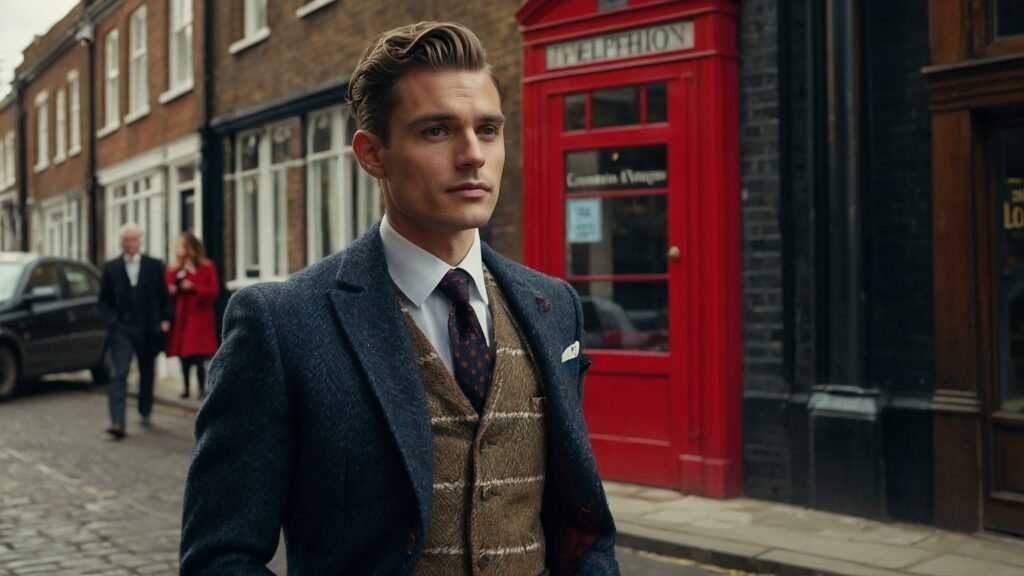
Table: Color Trends Across Major European Fashion Capitals
| City | Dominant Color Trend | Influential Designers | Cultural Influence | Upcoming Trend |
|---|---|---|---|---|
| Paris | Pastel Elegance | Chanel, Dior | French Art Nouveau | Bold Monochromatics |
| Milan | Earthy Tones | Prada, Versace | Italian Renaissance | Vibrant Patterns |
| London | Bold Prints | Burberry, McQueen | British Pop Art | Eco-Green Hues |
| Copenhagen | Minimalist Neutrals | Ganni, Stine Goya | Scandinavian Design | Tech-Inspired Colors |
| Barcelona | Vivid Brights | Custo Barcelona | Catalan Modernism | Metallic Accents |
| Berlin | Dark Monochromes | Hugo Boss | German Bauhaus | Neon Splashes |
This table reflects the diverse color palettes dominant in different European fashion capitals, influenced by their unique cultural heritages and forward-looking trends.
Conclusion
The realm of European fashion is a kaleidoscope of colors, each hue telling a story of cultural heritage, artistic influence, and contemporary trends. From the pastel elegance of Paris to the bold prints of London, colors in European fashion offer a rich tapestry of tradition and innovation. This intricate blend of the old and the new shapes the identity of European fashion, making it a global beacon of style and creativity.
Sustainability in fashion, particularly in the context of colors, has emerged as a pivotal theme. As the world leans towards eco-consciousness, the fashion industry is responding with natural dyes and sustainable practices, paving the way for a greener future in fashion. Moreover, technology’s role in fabric innovation, offering dynamic and interactive clothing, marks a new era in fashion where tradition meets futuristic vision.
In summary, European fashion, with its diverse palette of colors, is not just about clothing. It’s a cultural dialogue, a form of personal expression, and a constantly evolving art form. It reflects the past, narrates the present, and dreams up the future, making every color, every pattern, and every texture a part of a larger, ever-unfolding story.
Frequently Asked Questions
How has European history influenced modern fashion colors?
European history, with its rich tapestry of art and culture, has significantly influenced modern fashion colors. From the regal purples of ancient Rome to the vibrant hues of the Renaissance, historical color palettes continue to inspire contemporary fashion designs.
What role do European fashion weeks play in setting global color trends?
European fashion weeks are pivotal in setting global color trends. They serve as platforms where designers showcase their latest collections, often introducing new color trends that influence the global fashion industry.
Can you explain the emotional impact of colors in fashion?
Colors in fashion have a profound emotional impact. For example, red can evoke feelings of passion and energy, while blue can induce calm and stability. Designers use color psychology to evoke specific moods and convey messages through their designs.
How is sustainability influencing color trends in European fashion?
Sustainability is leading to a resurgence in natural dyes and a preference for eco-friendly color palettes. This shift is influencing color trends towards more muted, earthy tones, reflecting an environmental consciousness in fashion.
What are some iconic color moments in European fashion history?
Iconic color moments include Yves Saint Laurent’s Mondrian dress, which revolutionized fashion with its bold color blocks, and the introduction of the little black dress by Coco Chanel, redefining elegance and simplicity.
How does color in fashion reflect individual personality?
Color choices in fashion can reflect an individual’s personality, mood, and preferences. Bright, bold colors might indicate a lively personality, while muted tones could suggest a more reserved nature.
What is the significance of color in personal branding for celebrities?
For celebrities, color choices in fashion are essential for personal branding. Consistent use of specific colors can become part of their identity, making them instantly recognizable and reinforcing their personal brand.
How are technological advancements impacting color in fashion?
Technological advancements are introducing innovative fabrics that change color based on different stimuli, such as temperature and light. This innovation is expanding the possibilities for dynamic and interactive fashion.
What is the cultural significance of color in European fashion?
Color in European fashion often carries cultural significance, reflecting the region’s history, traditions, and societal values. For example, Mediterranean cultures often favor warm, vibrant colors, reflecting their lively and passionate heritage.
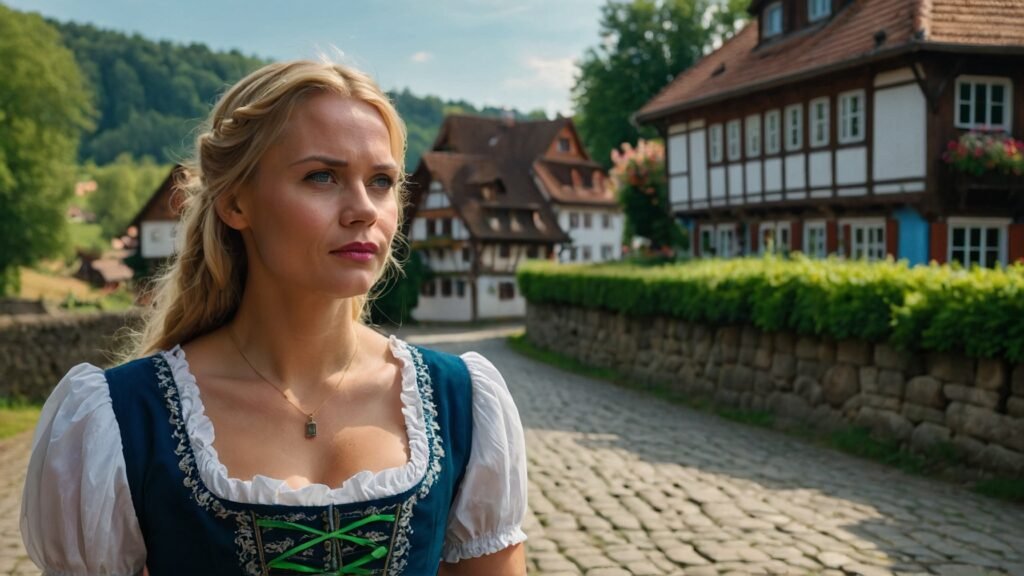
How do current socio-cultural movements influence fashion color trends?
Socio-cultural movements, such as environmentalism and social
justice, influence fashion color trends by promoting colors that reflect these values, such as earth tones for sustainability or rainbow colors for LGBTQ+ rights.
What are some emerging sustainable color trends in European fashion?
Emerging sustainable color trends include the use of natural dyes derived from plants and minerals, leading to a palette of organic, earthy colors that reflect a growing environmental consciousness.
How do artists and designers collaborate to create color trends in fashion?
Artists and designers collaborate by drawing inspiration from each other’s work. Fashion designers often use color palettes and themes from contemporary art, translating artistic concepts into wearable fashion.
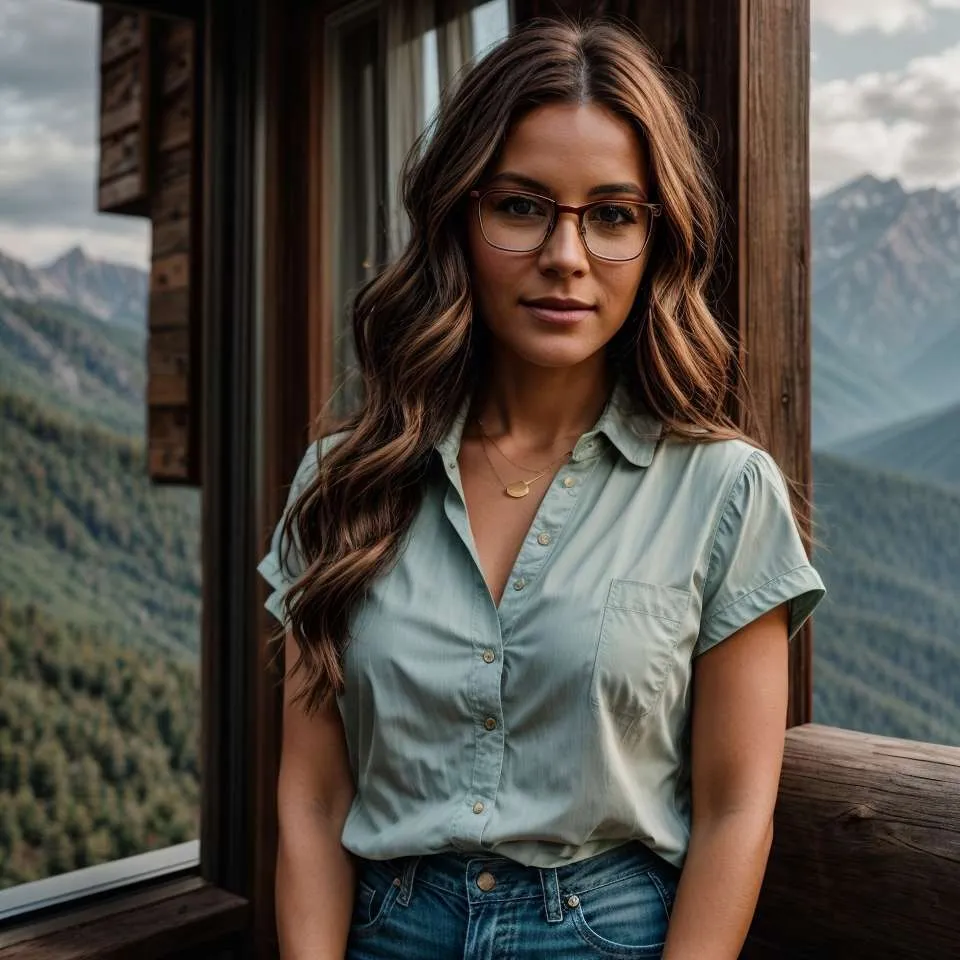
Marcella Raskin is a talented writer and editor with a deep passion for the dynamic realm of clothing colors and patterns. Armed with a strong background in Journalism, she crafts engaging content that empowers readers to select the perfect shades for their outfits. Her pieces provide an in-depth exploration of color trends and expertly curated fashion advice. Beyond her work, Marcella loves discovering new places, connecting with local designers, and advocating for sustainable fashion choices. She is devoted to helping individuals make enlightened color choices for their attire.
Reviewed By: Joanna Perez and Anna West
Edited By: Lenny Terra
Fact Checked By: Matthew Mansour
Photos Taken or Curated By: Matthew Mansour
